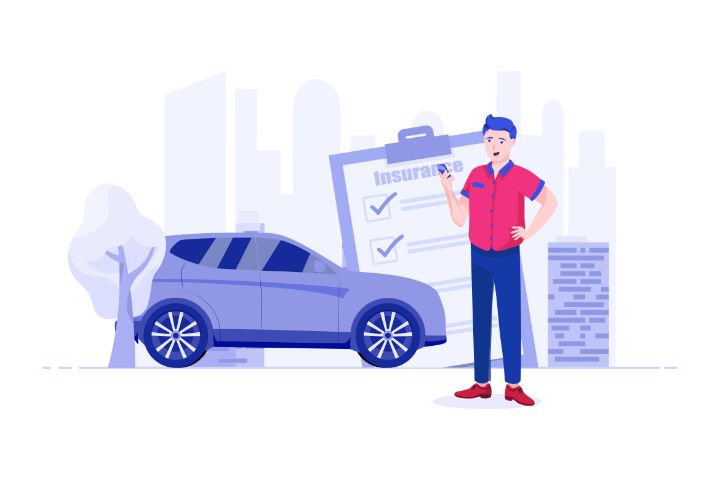Cost-Effectiveness of Ride Sharing
Introduction
The cost-effectiveness of ride sharing has been a hot topic in recent years. Some people argue that the new technology is just another way for big corporations to exploit consumers and others say it’s the beginning of something good. Regardless, studies have shown that ride sharing can be a viable option for saving money on transportation costs—especially if you live in a major city.
A recent study shows that ride sharing can be cost-effective.
Ride sharing is the best way to cut down on transportation expenses.
Ride sharing can be a viable alternative to owning a car, especially for millennials who are living in cities and don’t need one. But ride sharing isn’t just for young people–it’s convenient for anyone who doesn’t want to spend money on gas or insurance, as well as those who prefer not to deal with parking costs and traffic jams in their daily lives.
Ride sharing is a viable way to cut transportation costs, especially in larger cities.
You may not want to own a car anymore. Ride sharing is a viable way of cutting transportation costs, especially in larger cities.
If you live in an urban area and don’t want to own a vehicle, ride sharing can be cost-effective for many people.
In most cases, ride sharing will save money over owning a vehicle.
Ride sharing is an excellent way to save money on transportation. In most cases, it will be cheaper than owning a vehicle and driving it yourself. In fact, in some cities it’s even less expensive than taking public transit.
In this article we’ll look at how much you can expect to spend on ride sharing services like Uber or Lyft compared with owning and operating your own car. We’ll also discuss some of the benefits of using these services instead of driving yourself around town–including convenience, flexibility and peace of mind–as well as ways that ride sharing might not be as cost-effective as you think (or hope).
Some users of ride sharing services are also users of public transit, meaning they are cutting costs even further.
Ride sharing services are becoming increasingly popular, and some users of these services are also users of public transit. This means that they are cutting costs even further by avoiding the need to pay for parking and gas.
The biggest cost-savings come from carpooling, as well as using ride hailing services to replace taxi trips.
The biggest cost-savings come from carpooling, as well as using ride hailing services to replace taxi trips.
Car pooling can be more cost-effective than single-person car ownership. The average annual maintenance cost of a personal vehicle is $6,000 per year (including gas and insurance), while ride sharing services like Uber or Lyft cost around $2,000 per year in total expenses. This means that if you share a car with someone else and drive it 40 hours per week at $10/hour after expenses (gas, maintenance), both parties will save about $3k per year compared to owning two separate cars for themselves!
Ride sharing is an excellent alternative for people who live in cities and don’t want to own cars anymore
If you live in a large city and don’t own a car, ride sharing might be an excellent alternative for you.
Car ownership is very expensive. In addition to the initial purchase price of your vehicle (which could be thousands), there are also ongoing costs like maintenance and insurance. These expenses add up quickly–and if you live in an area with high gas prices or poor public transit options, it may be difficult for some people to justify buying their own cars at all.
Ride sharing services like Lyft or Uber let users request rides from other drivers who are already heading in their direction; as such, these services can help reduce pollution caused by traffic jams while also saving money on transportation costs.
Conclusion
Ride sharing is a great option for people who want to get around without having to own their own car. It’s especially useful for people who live in cities and don’t have access to public transit. Ride sharing can save money on both sides: users save money by not owning vehicles or paying for parking, while drivers get paid for giving rides when they would otherwise be at home doing nothing anyway!





